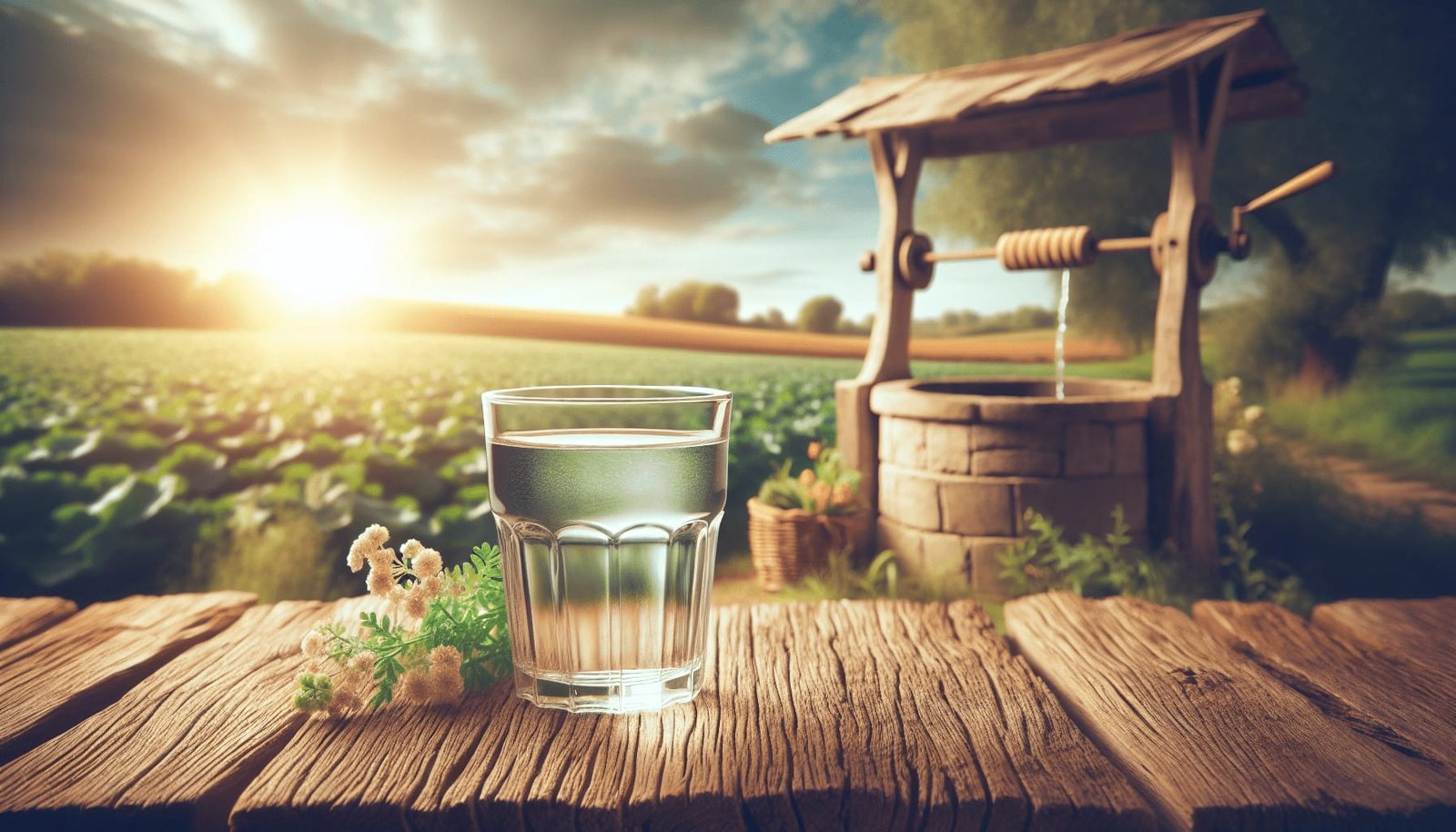Have you ever wondered what makes well water potable and safe for use? It’s a significant consideration, especially if you rely on a private well instead of a municipal supply. Understanding well water quality, its impacting factors, and how it might affect your household can ensure the safety and quality of the water you consume daily.

Understanding Well Water Quality
When we talk about well water quality, we’re referring to the multitude of factors that determine the suitability of water from a well for human consumption. These factors include various physical, chemical, and biological properties of the water. It is crucial for you to have a basic grasp of these elements to ensure your well water is not only safe but also healthy for daily use.
Components of Well Water Quality
Well water can often contain a variety of substances, some of which are beneficial, while others might be harmful. Here’s a closer look at the key components:
- Physical Properties: This includes turbidity, color, and smell. Cloudy or smelly water may indicate the presence of contaminants.
- Chemical Properties: This category entails the presence of minerals like calcium, magnesium, and iron, as well as potentially harmful substances, such as lead, nitrates, and arsenic.
- Biological Properties: This primarily involves bacteria and viruses. Contamination from biological sources can lead to various health issues.
Testing Your Well Water
Testing is your first line of defense in understanding well water quality. Regular testing serves as a health check-up for your water supply, identifying possible contaminants:
- Frequency: It’s generally recommended to test your well water at least once a year.
- Parameters: Tests often check for bacteria, nitrates, and other pollutants.
- Professionals vs. Home Kits: While home kits are available, professional testing offers a more comprehensive analysis.
Factors Affecting Well Water Quality
There are varying factors, both natural and human-induced, that can influence the quality of well water. Knowing these factors can help you take the necessary steps to safeguard your water supply.
Natural Factors
- Geology: The type of rock or soil surrounding your well can determine its mineral content. For instance, limestone-rich areas can contribute to hard water.
- Hydrology: Levels of precipitation, groundwater flow, and local water bodies can impact well water.
- Seasonal Changes: Rainfall and droughts can change water composition, impacting the concentration of minerals or contaminants.
Human-Induced Contaminants
- Agricultural Activities: The use of pesticides and fertilizers can lead to runoff seepage into well water sources, increasing the risk of contamination.
- Industrial Activities: Nearby factories or landfills can contribute pollutants, such as heavy metals or chemicals.
- Septic Systems: Faulty or poorly maintained septic systems can lead to harmful bacteria entering the water supply.
Well Water Testing: Parameters and Methods
Understanding the testing parameters and methods can assist in effectively monitoring the quality of your well water.
Essential Testing Parameters
- pH level: Determines the acidity or alkalinity of the water.
- Hardness: Measures mineral content like calcium and magnesium.
- Microbial Testing: Checks for E. coli and coliform bacteria, which are indicators of fecal contamination.
- Chemical Testing: Detects nitrate, lead, arsenic, and VOCs (Volatile Organic Compounds).
Testing Methods
- Laboratory Analysis: Professional labs provide detailed reports on various potential contaminants.
- DIY Testing Kits: These offer basic checks for common contaminants such as pH, hardness, and bacteria.
Benefits of Regular Testing
Regular testing not only ensures safety but can also help in prolonging the life of your plumbing system by identifying corrosive elements early. It provides peace of mind knowing you’re safeguarding your health and that of your family.
Remedies for Poor Well Water Quality
If testing reveals that your well water is less than ideal, several solutions exist to improve its quality:
Filtration Systems
- Carbon Filters: Great for removing chlorine and improving taste.
- Reverse Osmosis: Effective in removing heavy metals, nitrates, and salts.
- UV Purifiers: These are used to eliminate bacteria and viruses through ultraviolet light.
Water Softeners
- Ion Exchange Softeners: Use salt to replace calcium and magnesium ions, reducing hardness.
- Salt-Free Water Softeners: These use potassium or other means to condition the water rather than remove hardness.
Chemical Treatments
- Chlorination: An effective way to disinfect water and eliminate microorganisms.
- Oxidation: Uses chemicals or air to convert soluble contaminants into insoluble forms, which can then be filtered out.

Maintenance of Well Systems
Maintaining your well system involves regular inspections and service to safeguard against contamination and ensure operational efficiency.
Routine Inspections
Consistent inspections ensure that your well system components are functioning correctly:
- Check for leaks, strange noises, or reduced water flow.
- Ensure the well casing, cap, and surface seals are in good condition.
- Inspect water storage tanks and pressure systems.
System Servicing
- Professional Servicing: A professional should service your well every 10 years to inspect the well’s integrity.
- Pump and Pressure Tank Maintenance: Proper functioning of these components is vital for consistent water supply and pressure.
Impacts of Climate and Environmental Changes on Well Water
Environmental changes, particularly rising sea levels, pose potential risks to well water quality, especially in coastal areas.
Rising Sea Levels
Rising sea levels can lead to saltwater intrusion in coastal groundwater supplies, altering the water composition and potentially leading to detrimental impacts:
- Increased Salinity: Saltwater can increase the salinity of well water, making it undrinkable.
- Erosion and Flooding: Coastal erosion and flooding can introduce contaminants from the surface into well systems.
Mitigating Environmental Impacts
- Well Location: Ensure wells are located far enough inland from the coast.
- Sealing and Elevating Wells: Protect wells from flooding by ensuring they’re adequately sealed and, where possible, elevated.
- Monitoring: Regularly monitor salinity levels and the presence of pollutants.

Conclusion: Ensuring the Safety of Your Well Water
Understanding well water quality involves recognizing the many factors that could affect the water you consume. Testing, maintenance, and awareness of environmental changes are critical steps you can take towards ensuring a safe water supply for your household. Given the potential environmental changes like rising sea levels, staying informed and proactive is more important than ever. By prioritizing well water quality, you’re not just ensuring safe water today but also safeguarding your well-being in the future.

